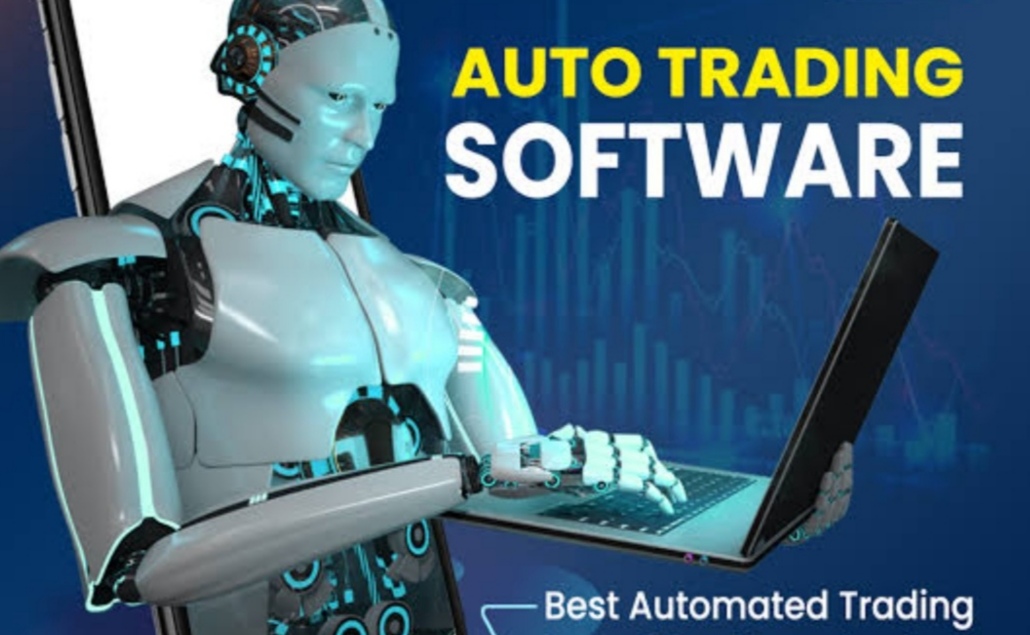Auto trading software developing process||How can I develop a auto trading software
Developing auto trading software requires a combination of programming skills, market knowledge, and an understanding of trading strategies. In the following we have shared general roadmap to get started:
1.Define Your Strategy: Before you start coding, have a clear understanding of the trading strategy you want to automate. This includes entry and exit criteria, risk management rules, and any other parameters.
2. Choose a Programming Language: Popular choices for developing auto trading software include Python, Java, C++, and C#. Choose a language you’re comfortable with and that has adequate libraries and support for interacting with financial markets.
3. Access Market Data: You’ll need access to real-time or historical market data for backtesting and executing trades. Consider using APIs provided by brokers, data providers, or financial platforms to access this data.
4. **Backtesting**: Before deploying your strategy in live markets, backtest it using historical data to evaluate its performance. This helps you understand how your strategy would have performed in the past and allows for optimization.
5. **Implement Trading Logic**: Write code to implement your trading strategy, including logic for entering and exiting trades, risk management, position sizing, etc. Ensure your code is robust and handles errors gracefully.
6. **Integration with Broker APIs**: Integrate your software with the APIs provided by brokers or trading platforms to execute trades automatically. Make sure to handle authentication, order placement, and error handling effectively.
7. **Risk Management**: Implement risk management mechanisms to control the amount of capital allocated to each trade, stop-loss orders, and other risk mitigation strategies.
8. **Optimization and Testing**: Continuously optimize and test your auto trading software to improve its performance and adapt to changing market conditions.
9. **Security and Reliability**: Ensure your software is secure and reliable, especially when handling sensitive financial data and executing trades automatically. Implement encryption, authentication, and error handling mechanisms to minimize risks.
10. **Compliance and Regulations**: Be aware of legal and regulatory requirements governing automated trading in your jurisdiction. Ensure your software complies with relevant regulations and guidelines.
11. **Monitoring and Maintenance**: Regularly monitor the performance of your auto trading software and make necessary adjustments as needed. Stay informed about market developments and adapt your strategy accordingly.
12. **Documentation and Support**: Document your code and trading strategy for future reference, and provide support for users of your software.
Building auto trading software needs time, effort, and ongoing maintenance, but it can be a rewarding endeavor for those interested in algorithmic trading and financial markets.

